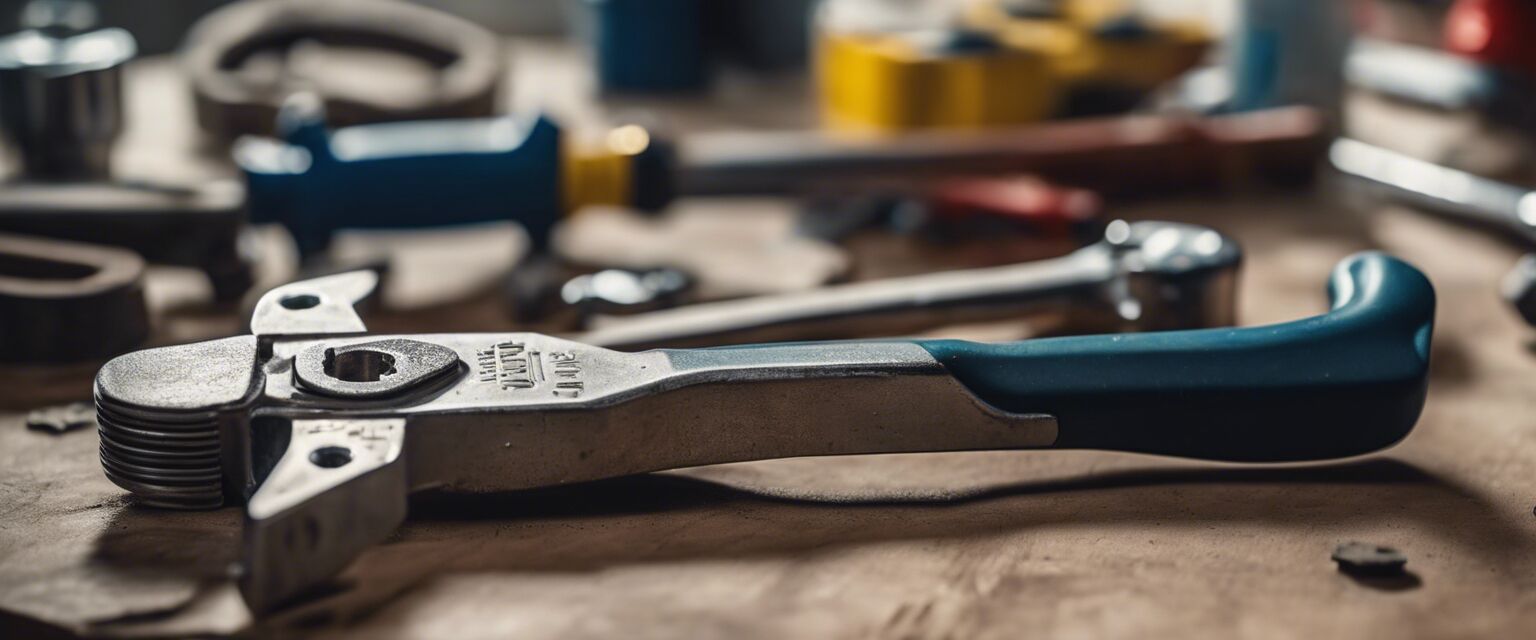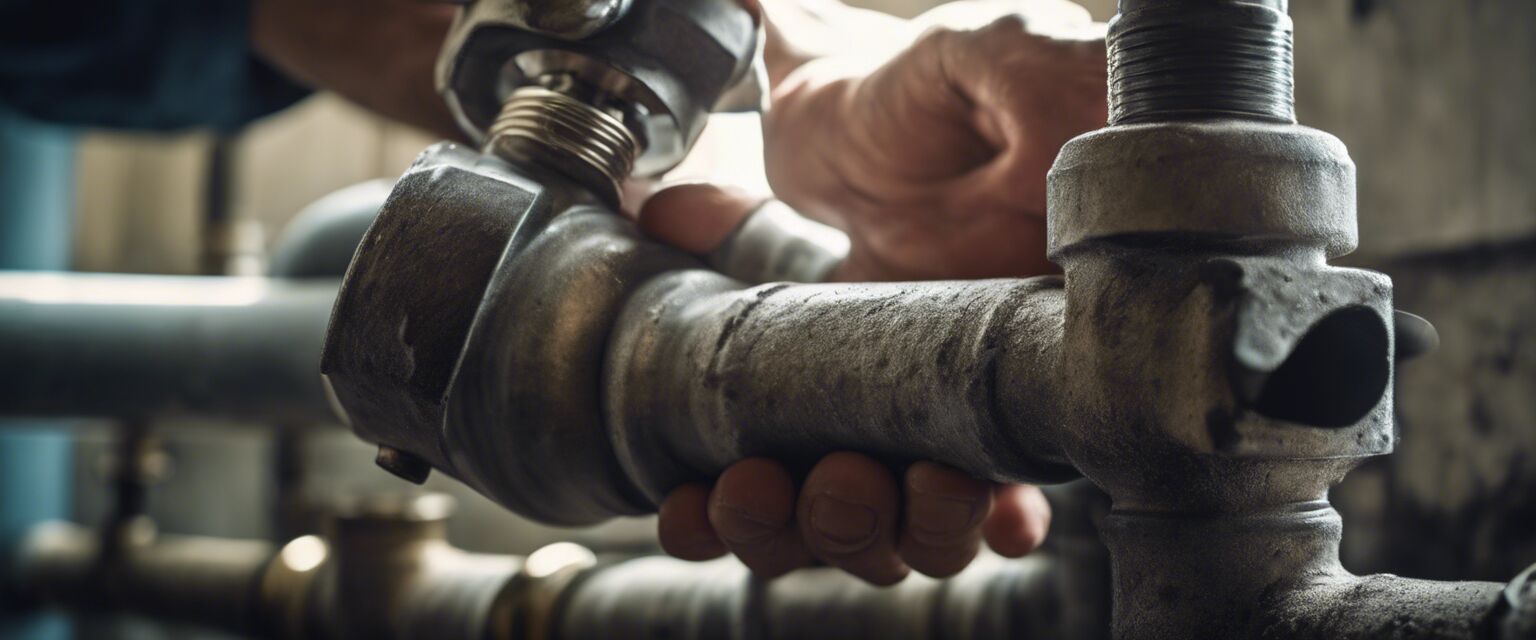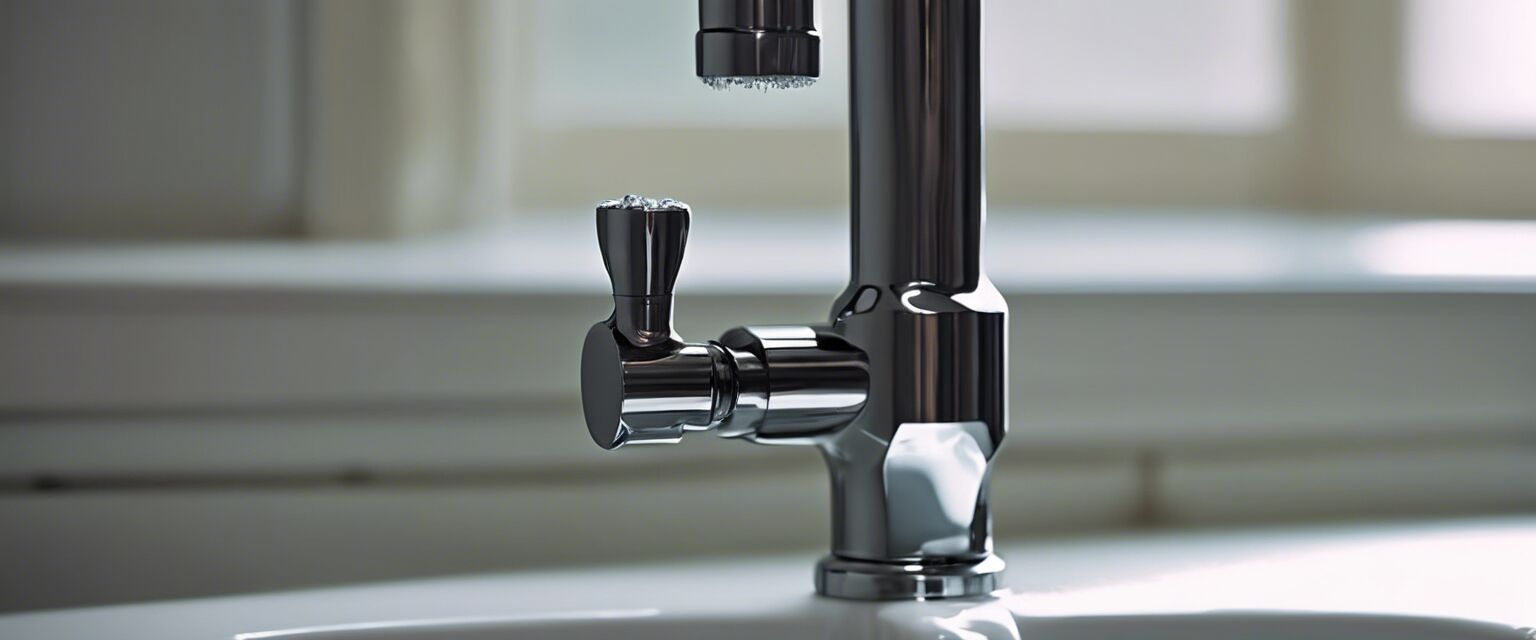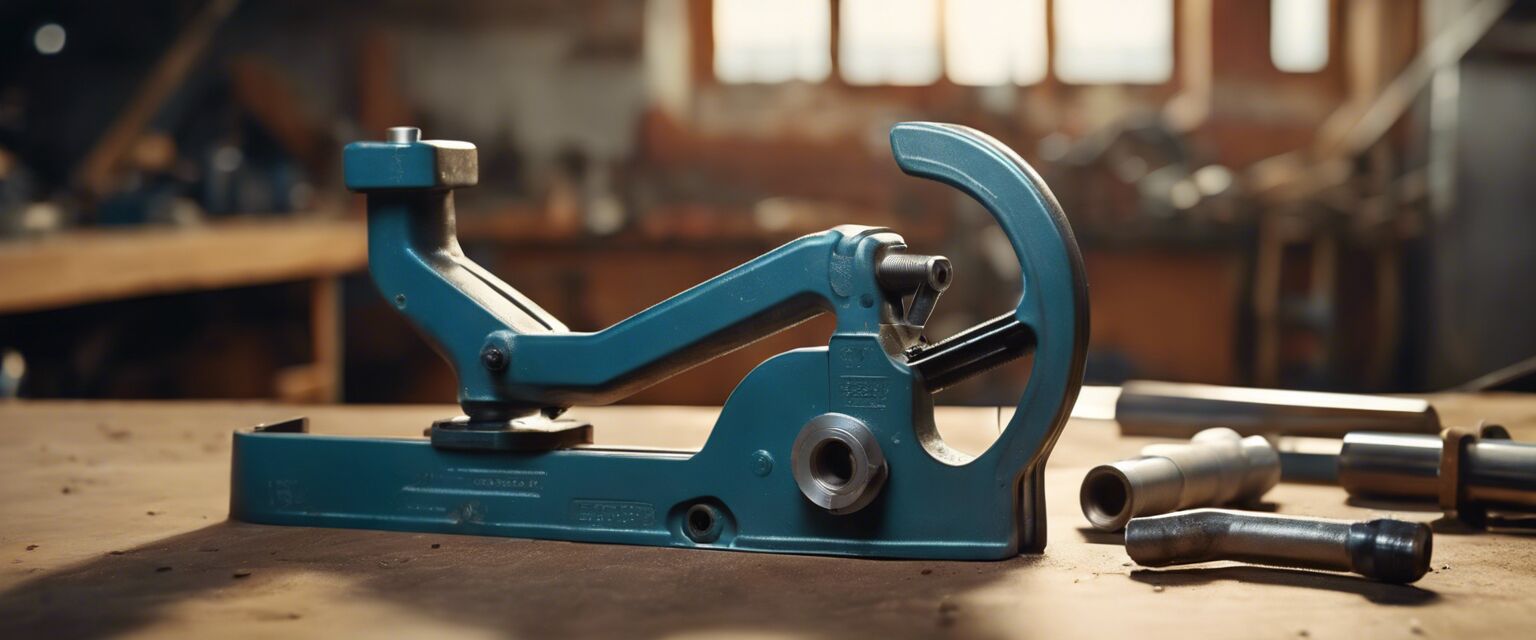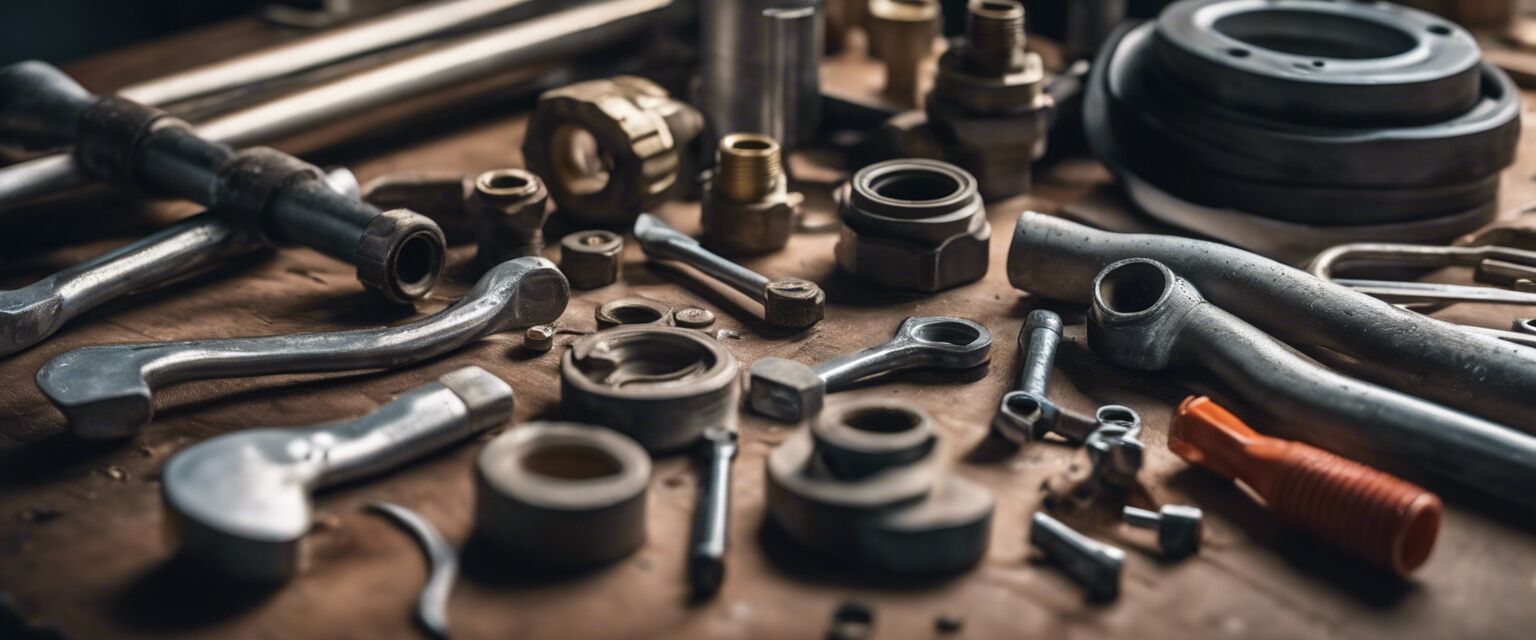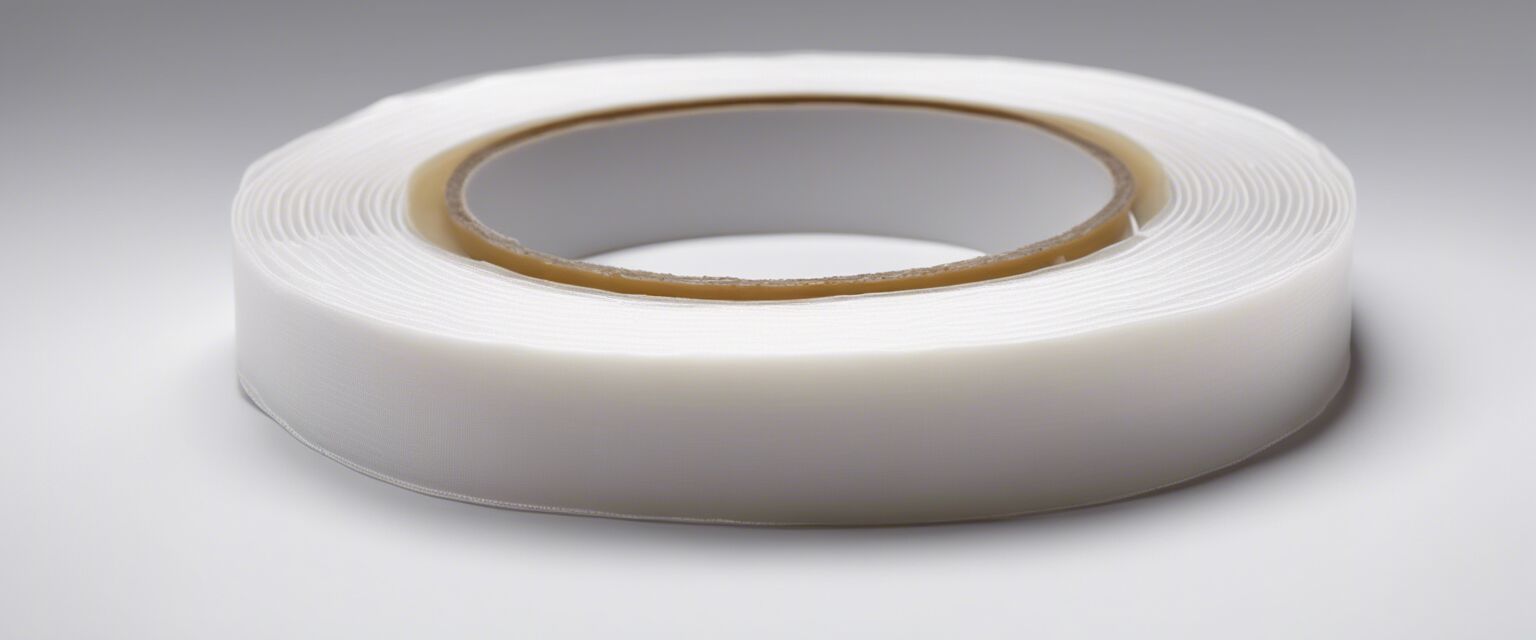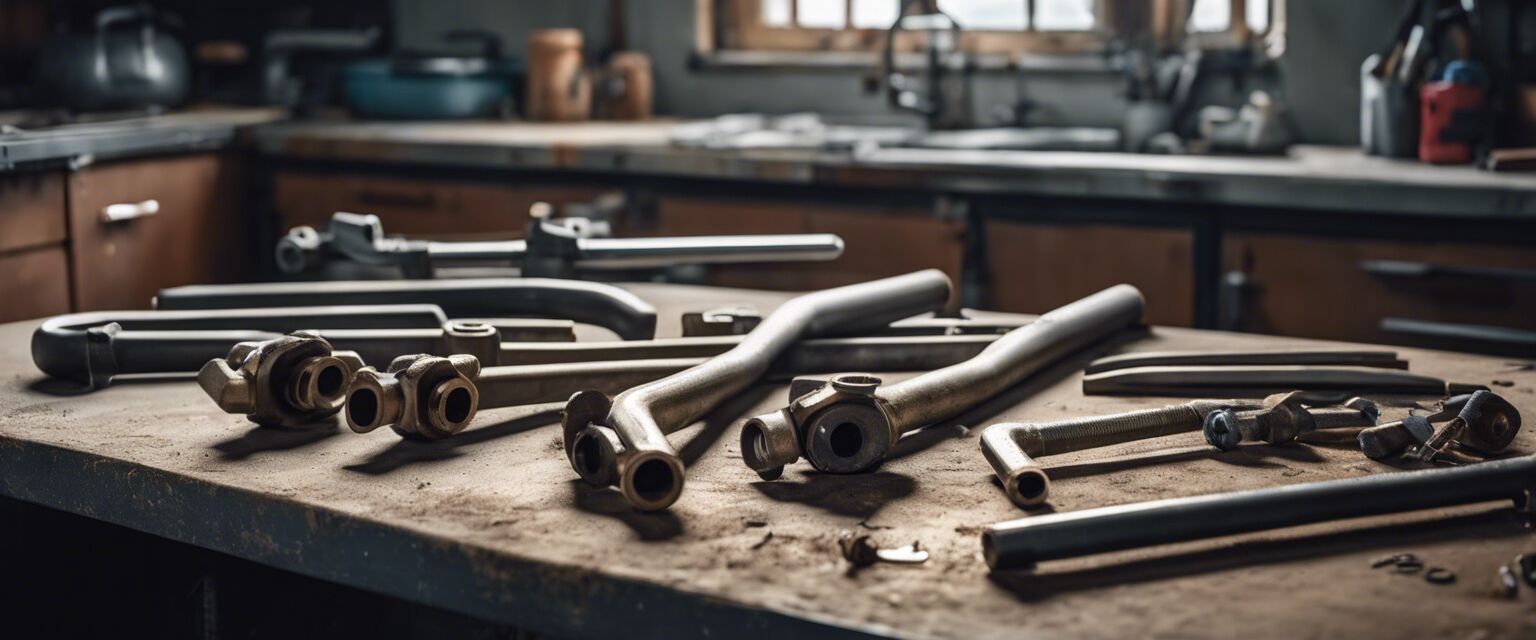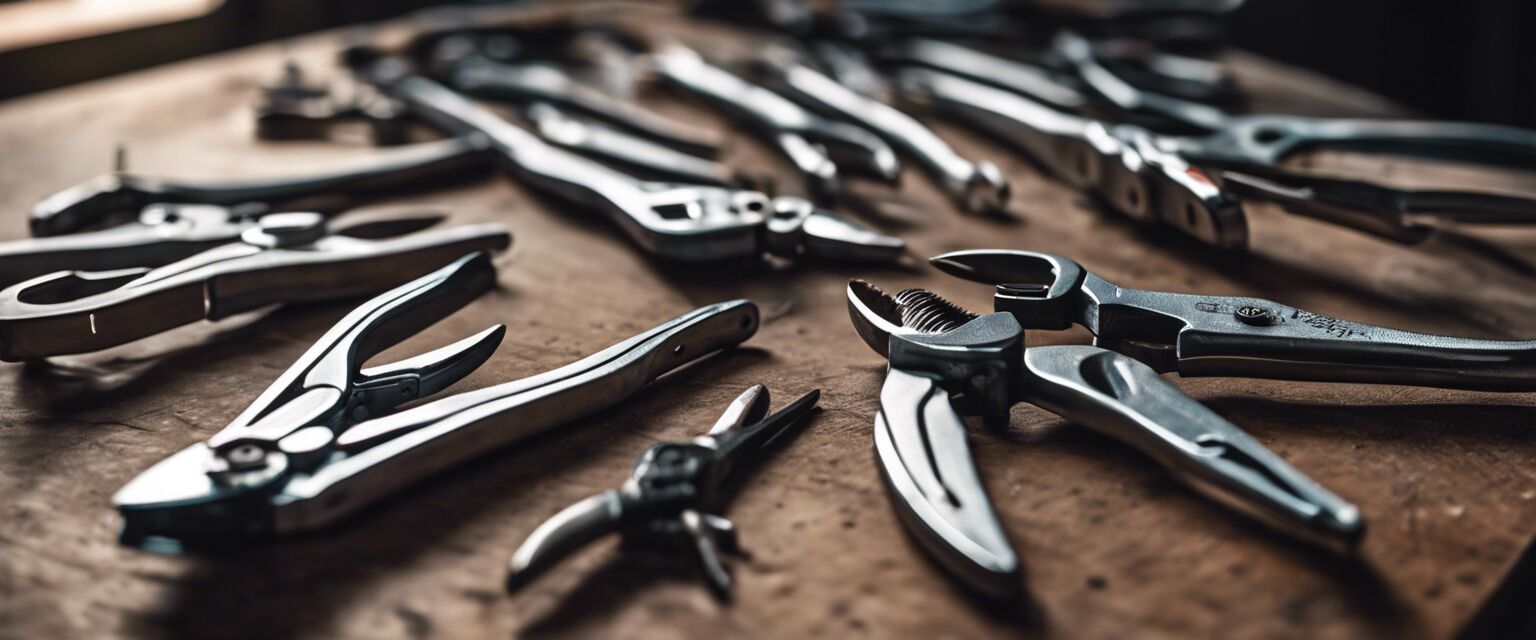
Hacksaw Usage Tips for Plumbers
As a plumber, having the right tools for the job is crucial. One of the most essential tools in your arsenal is the humble hacksaw. However, using a hacksaw effectively requires some knowledge and practice. In this article, we'll cover some crucial tips and techniques for using a hacksaw in plumbing tasks.
Key Takeaways
- Choose the right blade for the job
- Maintain a steady hand and apply gentle pressure
- Use a vise to secure the pipe
- Keep the hacksaw clean and well-lubricated
Choosing the Right Blade
When it comes to hacksaws, the blade is the most critical component. There are various types of blades available, each designed for specific tasks. For plumbing, you'll want to use a blade with a high tooth count (14-18 TPI) and a bi-metal or high-speed steel construction.
| Blade Type | Tooth Count | Material | Best For |
|---|---|---|---|
| Bi-Metal | 14-18 TPI | High-speed steel and flexible backing | Cutting through pipes and tubing |
| High-Speed Steel | 10-14 TPI | High-speed steel | Cutting through thicker pipes and conduit |
Proper Technique
Now that you have the right blade, it's time to learn proper technique. Here are some tips to keep in mind:
- Maintain a steady hand and apply gentle pressure. Don't apply too much pressure, as this can cause the blade to break or the pipe to slip.
- Use a vise to secure the pipe, ensuring it remains stationary while you cut.
- Keep the hacksaw clean and well-lubricated to reduce friction and prevent overheating.
- Use a slow, back-and-forth motion to cut through the pipe. Apply more pressure on the forward stroke and less on the backward stroke.

Common Mistakes to Avoid
Even experienced plumbers can make mistakes when using a hacksaw. Here are some common mistakes to avoid:
- Using the wrong blade for the job
- Applying too much pressure, causing the blade to break or the pipe to slip
- Failing to secure the pipe, leading to accidents and injuries
- Not keeping the hacksaw clean and well-lubricated, reducing its effectiveness
Additional Tips and Tricks
In addition to proper technique and blade selection, here are some additional tips and tricks to keep in mind:
- Use a hacksaw with a comfortable, ergonomic handle to reduce fatigue and improve control.
- Keep a spare blade on hand in case the one you're using becomes dull or breaks.
- Consider using a hacksaw with a adjustable blade tension, allowing you to customize the fit for different pipe sizes.

Conclusion
Using a hacksaw effectively requires practice, patience, and the right techniques. By following these tips and choosing the right blade for the job, you'll be able to tackle even the most challenging plumbing tasks with ease. Remember to always maintain a steady hand, apply gentle pressure, and keep the hacksaw clean and well-lubricated.
For more information on plumbing tools and techniques, be sure to check out our articles on adjustable wrenches, pipe cutters, and PTFE tape.

Pros
- Economical and versatile tool
- Easy to use and maintain
- Can be used for a variety of plumbing tasks
Cons
- Can be time-consuming for larger pipes
- Requires proper technique and maintenance
- May not be suitable for very hard or thick pipes
Beginners Section
If you're new to using a hacksaw, be sure to start with smaller pipes and work your way up to larger ones. Practice your technique and get comfortable with the tool before tackling more challenging tasks.
